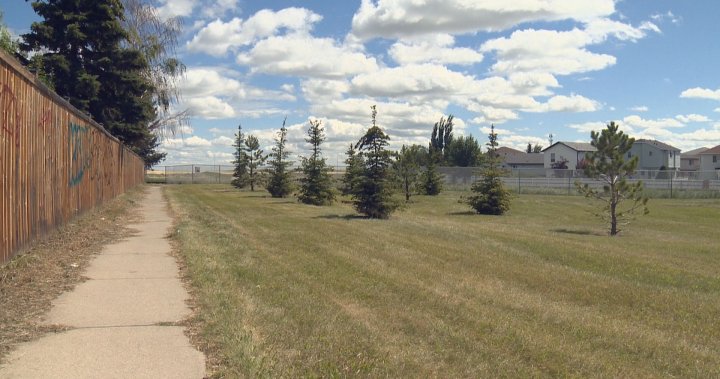Most cities would kill to have an easy right of way for roads and utility lines. That being said, it could have been narrower.
Provisioning for pipelines and electricity at 1980s standards made the width make sense.
That makes sense to me as the rationale. The best example of something similar I can think of is Toronto's Highway 407 corridor, clearly designed with some the same pressures and thinking (e.g. "this time we really want to be sure we keep enough land!").
But even the 407 corridor, in a region of 7 - 10 million people, is only 120 - 150m wide at a minimum (much wider in sections where it doubles as a transmission corridor). Stoney's approach seems a bit different - the minimum is about 300m, and it's a uniform minimum width, it doesn't appear to reduce width when there is no utility requirements.
So I get it the idea, but still seems excessively wasteful and based on imagined future capacity needs for pipelines and infrastructures that may never exist . For example, I fail to see why Stoney NW is 300m wide as it is far more likely to need connections across it, than linear pipes and set-backs along it - perhaps that makes sense in the SE where there's a different topography and utility network but can't see what we were thinking beyond "300m is a good number and has to be consistent regardless of context".
But right now the TUC design seems as an example of incredibly costly "future proofing" as every commute is a bit longer and every infrastructure connection is a bit wider and more expensive, in-perpetuity. This trade-off exists because we are trying to save cost/effort/complexity on future issues, that haven't materialized and seem to have little basis for ever occurring. I feel the designer and engineers over-estimated the benefits of "future-proofing" by upscaling of the TUC, while under-estimating the costs of that upscaling.
I guess we won't know until the future if I am right or wrong here!






